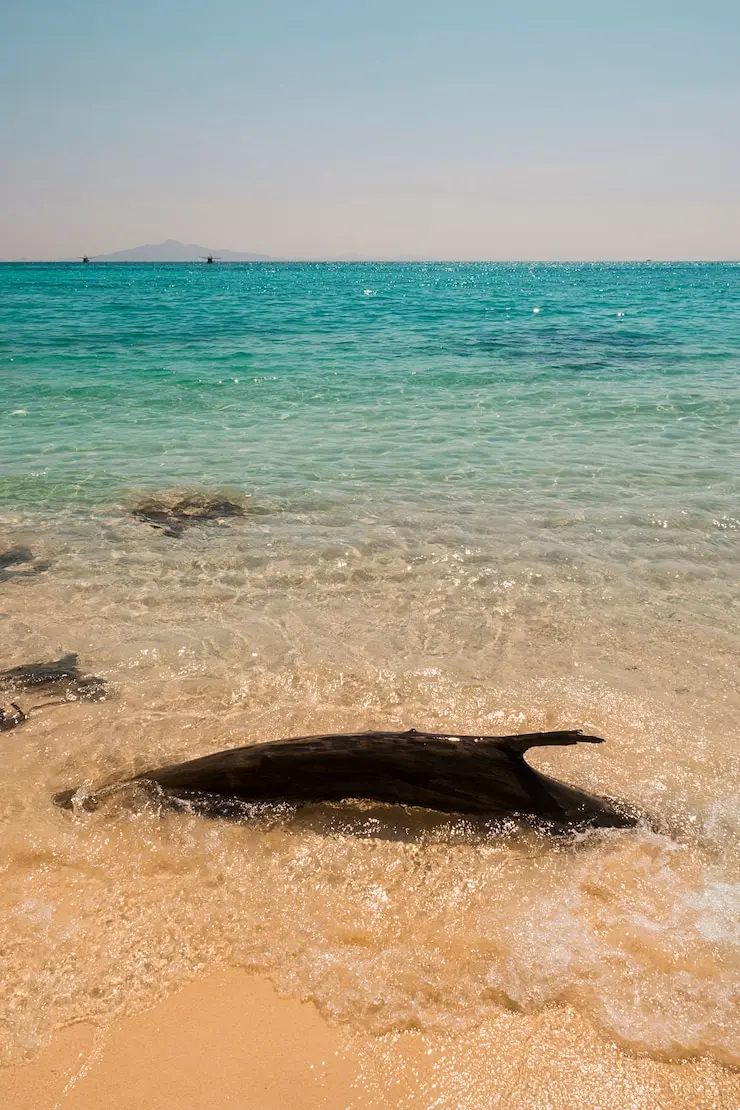Flounder: Habitats - Flats
Fishing Flats for Flounder

Image Credit: FREEP!K
Overview of Fishing Flats for Flounder
Flats are expansive, shallow areas characterized by sandy or grassy bottoms with scattered driftwood and natural depressions. These environments, influenced by tidal action and sunlight, create a mosaic of microhabitats where flounder thrive. Flounder typically use the flats for ambush feeding, relying on their natural camouflage to lie in wait until prey drifts by.
Features Found on Flats
-
Substrate Diversity:
Flats usually consist of open sandy or grassy areas interspersed with patches of seagrass and scattered driftwood. Variations in the substrate create natural holes, depressions, and channels. -
Tidal Channels and Depressions:
Natural channels formed by tidal flows concentrate baitfish, making these areas particularly attractive to ambush predators like flounder. Depressions in the flats often serve as hiding spots and waiting zones. -
Sunlit Exposure and Shade:
While open flats receive abundant sunlight, natural features such as driftwood and seagrass beds provide areas of shade. These contrasts help flounder blend into their surroundings, making them difficult to spot until they strike.
Flounder Behavior on Flats
-
Location:
Flounder are typically found on or just below the substrate, particularly near tidal channels, holes, and depressions created by uneven bottoms. -
Behavior:
When actively feeding, flounder may exhibit a brief surface roll as they launch an ambush strike. In calm conditions, they remain motionless, perfectly camouflaged against the substrate.
Targeting Flounder on Flats
-
Bait and Lure Suggestions:
- Live Bait: Options such as shrimp or finger mullet work well, as they mimic the natural forage found on the flats. Use simple sliding sinker rigs or fish finder rigs to keep the bait close to the bottom.
- Artificial Lures: Soft plastic lures that resemble injured baitfish can be very effective. Colors that match the local substrate (sandy, brown, green) tend to perform best.
-
Retrieve Techniques:
- Stop-and-Go Retrieve: Alternate between smooth, slow motion and deliberate pauses to simulate injured or drifting prey.
- Erratic Twitching: Incorporate sudden, sharp twitches into your retrieve to mimic the unpredictable movement of wounded baitfish.
- Bouncing Jigs: Use jigs, such as bucktail jigs, that bounce off the substrate, triggering an ambush reaction from flounder.
Community and Expert Angler Tips
- Learning Through Video Guides:
Watching detailed video tutorials can help refine your technique. Check out the video below for a comprehensive guide on targeting Flounder on the Flats:
Click the thumbnail above to watch a detailed guide on targeting Flounder on the Flats.
For more tips, check out "fishing Flats for Flounder tips" on YouTube
Popular Search Terms Related to Flats for Flounder
| Search Term | Thumbnail | Link |
|---|---|---|
| Flats Flounder Techniques | Watch Video | |
| Best Baits for Flounder on Flats | Watch Video | |
| Flats Retrieve Strategies for Flounder | Watch Video | |
| Where to Find Flounder on Flats | Watch Video | |
| Flounder Fishing Tips on Flats | Watch Video |
Explore Related Topics
Discover more articles to deepen your knowledge
Curating articles for you...
Create your own Research Page using AI
Try our AI assistant for free—sign up to access this powerful feature
